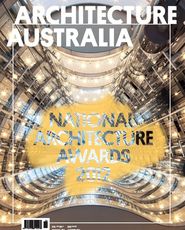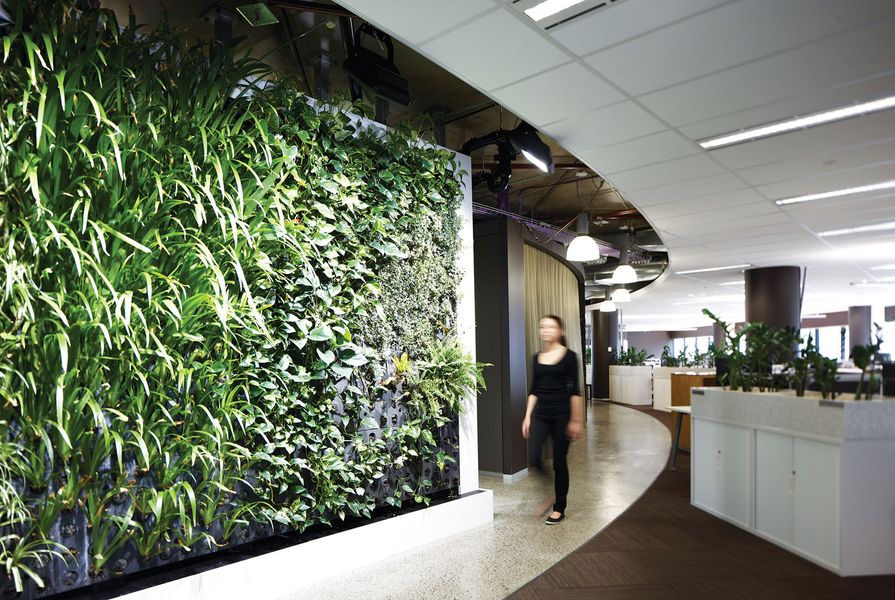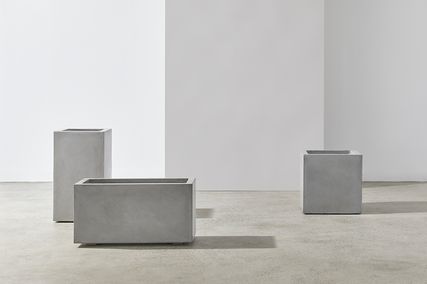The development of sustainable design and construction practices for commercial buildings in Australia has progressed to the stage that sustainability is a standard requirement of the project brief. The once-aspirational benchmarks of a 5 Star Green Star Office V3 as a built rating and a NABERS 5 Star Energy Commitment have effectively become the norm.
This is based on the business case for “green buildings” that has emerged in recent years, as well as the increased statutory focus on energy efficiency under the Building Energy Efficiency Disclosure Act.
There is no argument against these benchmarks, as they provide the platform for a more sustainable built environment. However, it would appear that many organizations miss the forest for the trees when it comes to the design and construction of their tenancy, as sustainability criteria are often overlooked or treated as flexible. Sustainability benchmarks for tenancies have not achieved the status and level of acceptance of the new buildings, as a Green Star rating and NABERS Energy Commitment are not the norm.
While some benefits of the base building design and construction may be transferred to a tenancy (e.g. ventilation rates, access to daylight), the shell and core do not guarantee a well-designed, constructed and sustainable tenancy. Nor do they provide assurances that staff will be engaged, happy and productive in their new tenancy.
For existing buildings that were designed and constructed at a time when issues of sustainability were not on the agenda, the transfer of base building benefits to a tenancy may be even more limited.
So why is the design and construction of a tenancy so important? If you think about an organization and its staff, particularly in the professional services sector, the majority are office based. Staff also represent the biggest overhead for most organizations, so increasing their productivity can positively impact on the bottom line in a way that far outweighs the cost savings from improved tenancy energy efficiency.
The business case for “green tenancies” is based on productivity and occupant satisfaction and wellbeing (i.e. staff engagement). The main driver for improved productivity and occupant satisfaction is Indoor Environment Quality (IEQ). The impact of IEQ on occupant satisfaction and productivity has been the subject of ever more research, particularly as organizations look for new opportunities to improve financial performance.
Research on IEQ impacts has been predominantly qualitative, with the results of quantitative research rarely released due to the commercial sensitivity of the data. That said, the commonly reported findings suggest an increase in productivity from five to fifteen per cent, with some overseas research suggesting that this could be even higher.
IEQ requires a holistic approach to design and construction and a consideration of how a tenancy will be operated. The latter relates to more than the role of the facilities manager; it includes the level of empowerment that staff have in their work environment. To achieve high levels of IEQ, the design and construction process should consider factors such as the:
• tenant’s business objectives, functions and needs
• tenancy layout and function
• services design (e.g. HVAC, lighting)
• construction materials and practices.
It is also important to remember that IEQ is as much about reality as it is about perception, and assessments should allow for this to be properly considered. For instance, an acoustic assessment may suggest that sound levels are above recommended levels and not conducive to high levels of performance, but this may not be perceived as an issue by staff. Thermal comfort is another IEQ parameter that can be perceived differently to that suggested by physical assessments such as temperature, relative humidity and air velocity.
The capturing of IEQ data to inform the design and construction process can be achieved using pre-occupancy assessments of staff and the existing tenancy, prior to relocation. This step is often overlooked or conducted in a way that does not adequately inform the design and construction process. Further, the outcomes of the pre-occupancy assessments are often poorly communicated back to staff as part of a relocation strategy to manage business continuity and staff expectations.
Incorporating good IEQ into the design and construction of a tenancy requires specific assessment of a tenant’s need, as opposed to a cookie-cutter approach or reliance on base building design, construction and performance. This is where pre-occupancy assessments provide value, as they can inform the design and construction process and challenge the latest trend or the one-dimensional focus on energy efficiency.
Just as importantly, IEQ needs to be maintained, measured and reviewed, as tenancies age and an organization and its staff needs change. If it isn’t, then any associated productivity benefits will be placed at risk and the return on investment replaced.
Thinking around the design and construction of tenancies is starting to move beyond energy efficiency as the overall performance of a commercial tenancy is dictated by the people occupying the building, not necessarily the building envelope.
Source

Discussion
Published online: 1 Dec 2012
Words:
Joshua Bruce
Issue
Architecture Australia, November 2012
















